I’m excited to have my dear friend and health advocate, Shawna, sharing with you today! She is not only an avid researcher and queen in the kitchen, but if you ever open her refrigerator, you will find it full of gut healing foods!
Shawna is also someone I have admired and learned from as a mom and a wife. We met about 12 years ago. However, our relationship really grew when I began to regularly visit their family farm, Kid Creek Pastures, to milk their cows for the raw milk needed for my daughter’s homemade baby formula. To this day, our entire family still enjoys our visits and their amazing eggs and meat.
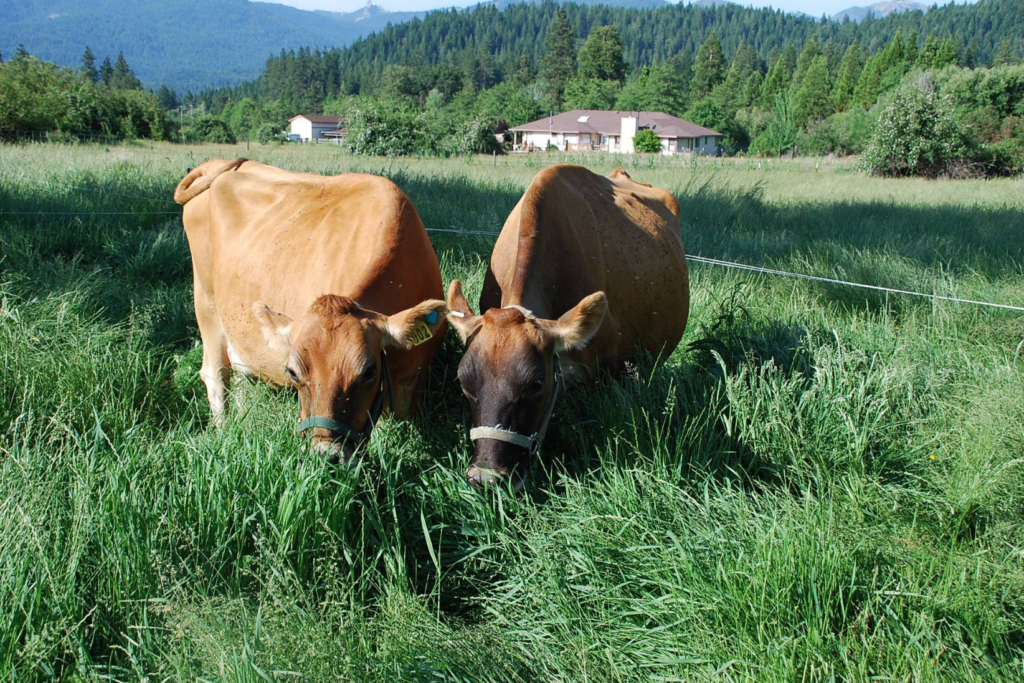 Did you know that an abundant and diverse community of microorganisms in our gut plays an essential role in our immune function? If not, I would highly recommend reading this post to learn more and understand its importance.
Did you know that an abundant and diverse community of microorganisms in our gut plays an essential role in our immune function? If not, I would highly recommend reading this post to learn more and understand its importance.
However, I want to share with you some of the everyday things you can do to support and maintain your own diverse community.
Microorganisms are competitive and power-hungry, and given the opportunity, they will kill off their fellow microorganisms and take over the world.
Checks and balances are important when it comes to the gut microbiome, and that is why we need diversity, as well as abundance.
Here are three ways you can help maintain a healthy gut micro community.
1. Avoid Carpet Bombing Your Gut Biome with Antibiotics & Sanitizers, if Possible.
Antibiotics have a place in extreme circumstances, when natural defenses are compromised. However, we must understand that there are negative consequences to these treatments, and the risks and benefits must be carefully considered.
Antibiotics may effectively kill the bad, illness causing bacteria. But they kill off everything else too.
Note from Season: Here’s my favorite hand sanitizer to use that won’t kill the healthy bacteria. Also, instead of opting for antibiotics, first try using Oregano Essential Oil and OnGuard Essential Oil. You can take 2 drops internally in a veggie capsule 3 times a day and/or apply 2 drops on the bottoms of the feet diluted with 1 tsp of coconut oil 3 times a day.
2. Feed Your Microorganisms Fairly
Gut microbes need food to survive, and they eat what we eat. To maintain a diverse gut biome, we need to feed all our gut bacteria, not just some. We do that by consuming whole, real food.
Whole foods are complex and can support the nutritional needs of a broad range of microorganisms. On the other hand, refined foods and foods laden with unnatural additives and preservatives tend to provide nutrition to only select strains of bacteria, thus leading to overgrowth and imbalance.
Note from Season: I love that Shawna encourages us to use whole foods to help increase the healthy bacteria in our gut. I also suggest changing it up daily by regularly introducing and re-introducing different microbe rich foods. Be sure to see step 3 to learn some of Shawna’s suggestions for microbe rich foods. Additionally, I suggest daily supplementing with a good quality probiotic. Our entire family uses PB Assist and PB Assist Jr.
3. Replenish Your Gut Biome
Finally, the foods we eat can directly replenish our gut microbiome, if we choose wisely. Consider making the following microbe-rich food part of your diet: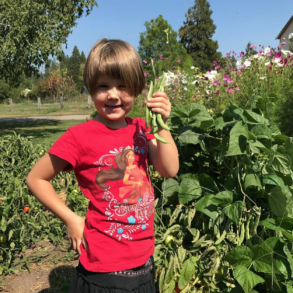
locally grown and minimally processed raw foods
Did you know that UC Davis tested our fresh garden greens after they had been washed with water, and found that they were still covered with millions of bacteria?
Yes, raw fruits and vegetables from our gardens and local farms (assuming they haven’t been irradiated or bleached) and raw milk contain abundant beneficial bacteria to populate our gut biomes.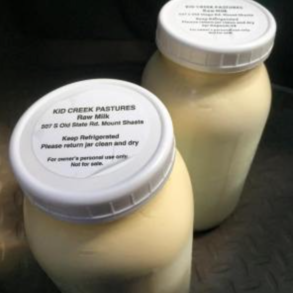
Fermented and Cultured Foods
Cultured dairy such a kefir, yogurt and cheese, lacto-fermented vegetables, cider vinegars, kombucha, etc. are all made through the process of fermentation. These foods introduce a massive and diverse quantity of beneficial bacteria to the gut.
Not so long ago in human history, fermented foods were a large part of the diet, as without refrigeration, fermentation was necessary to preserve shelf life. Today, in the age of food preservatives and refrigeration, humans eat far fewer fermented foods than our ancestors!
I hope this information is helpful and encouraging to you.
Maintaining a healthy gut biome is not complicated, but within our mainstream food culture, it does require intentionality.
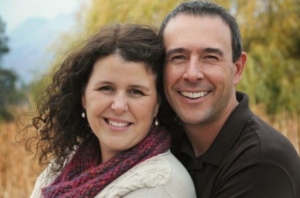 Shawna Barr is a wife, mom, teacher and farmer. She and her husband raise grass-fed beef and heritage pork at Kid Creek Pastures farm in Mt. Shasta, CA.
Shawna Barr is a wife, mom, teacher and farmer. She and her husband raise grass-fed beef and heritage pork at Kid Creek Pastures farm in Mt. Shasta, CA.
Please Note: This post contains affiliate links. If you make a purchase using these links, there’s no additional charge to you, and I will receive a small commission from the company. This helps to cover the basic costs of this website and allows me to continue providing you with free content. Thanks so much for your support!


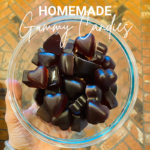
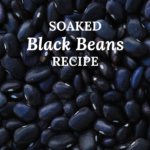

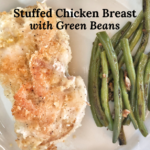




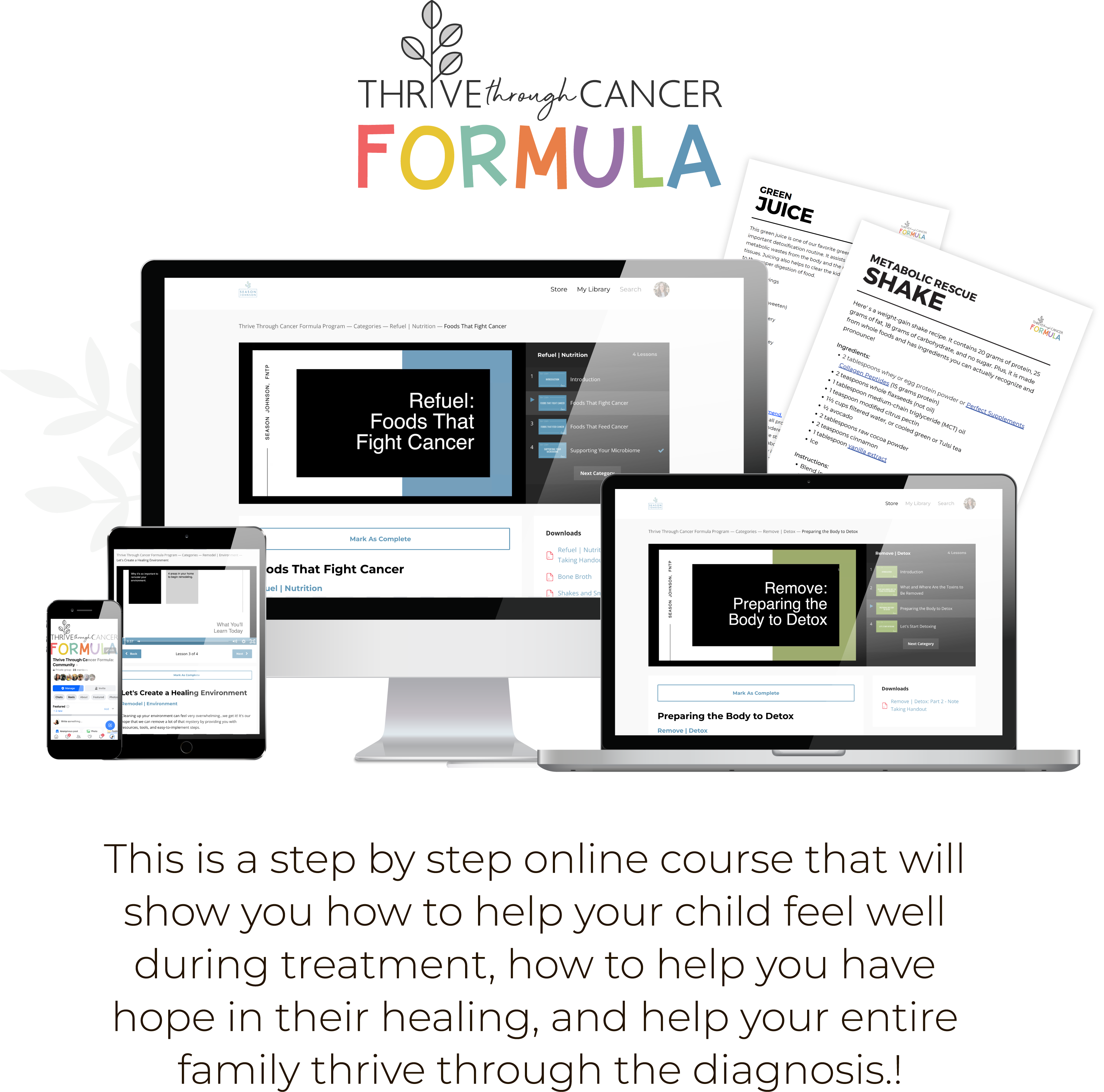


Leave a Comment